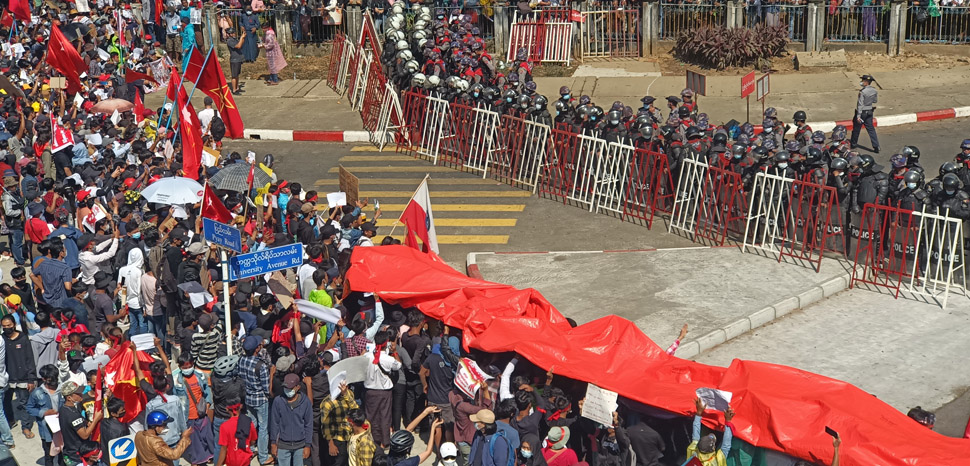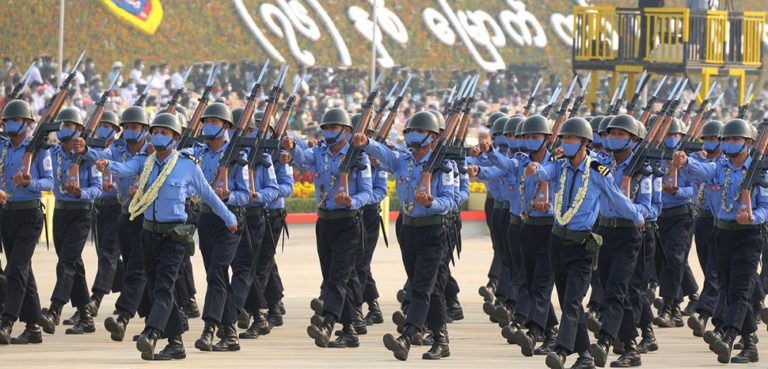The 2021 coup, which toppled Myanmar’s democratically elected government, brought renewed international attention to a conflict whose roots stretch back 70 years, entangled in ethnic tensions, military dominance, and political struggle that date back to the birth of the post-colonial era. The seeds of discontent were planted almost immediately after Burma gained independence from Britain in 1947; fighting broke out in 1948 as the Karen ethnic group demanded independence from the Union of Burma. In 1947, the Panglong Agreement was reached between the Burmese government and the Shan, Kachin, and Chin ethnic groups, each of which were granted guaranteed autonomy. Yet a few years later, when it became evident that this autonomy would not materialize, they also formed armies and began fighting for their independence. In all, Myanmar is home to 135 ethnic groups, many of whom have formed resistance armies at various times, fighting against government repression.
Following a coup in 1962, General Ne Win seized power, initiating decades of oppressive military rule. Aung San Suu Kyi, daughter of independence hero Aung San, emerged as a champion for democracy and human rights in the 1980s. Her father, Aung San, in addition to being instrumental in the formation of the country, is also considered to be the father of the Tatmadaw, the modern Burmese army. It is ironic that the same military, which had always revered her father, kept Aung San Suu Kyi under house arrest on and off for a period of about 40 years.




